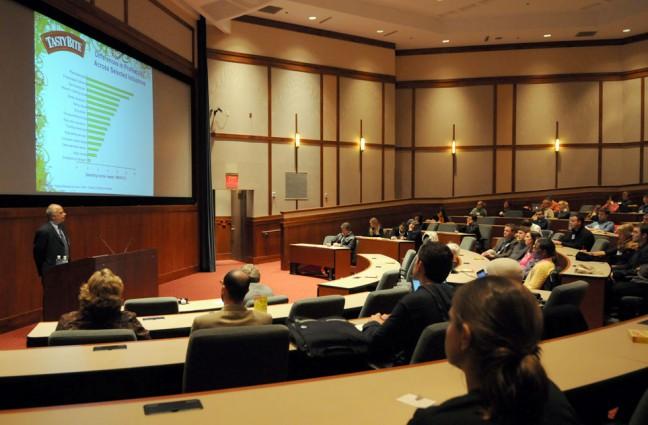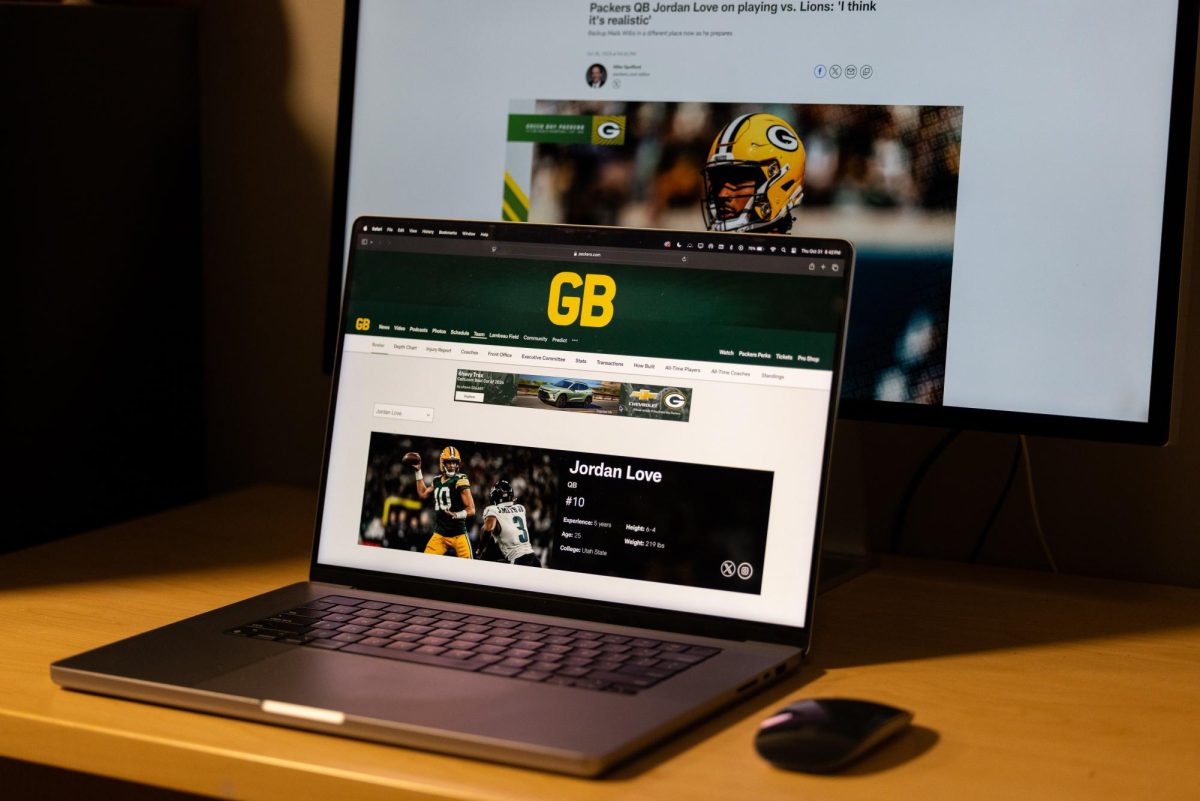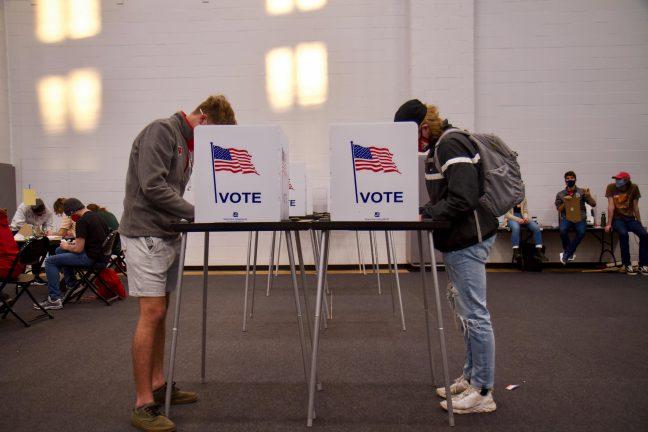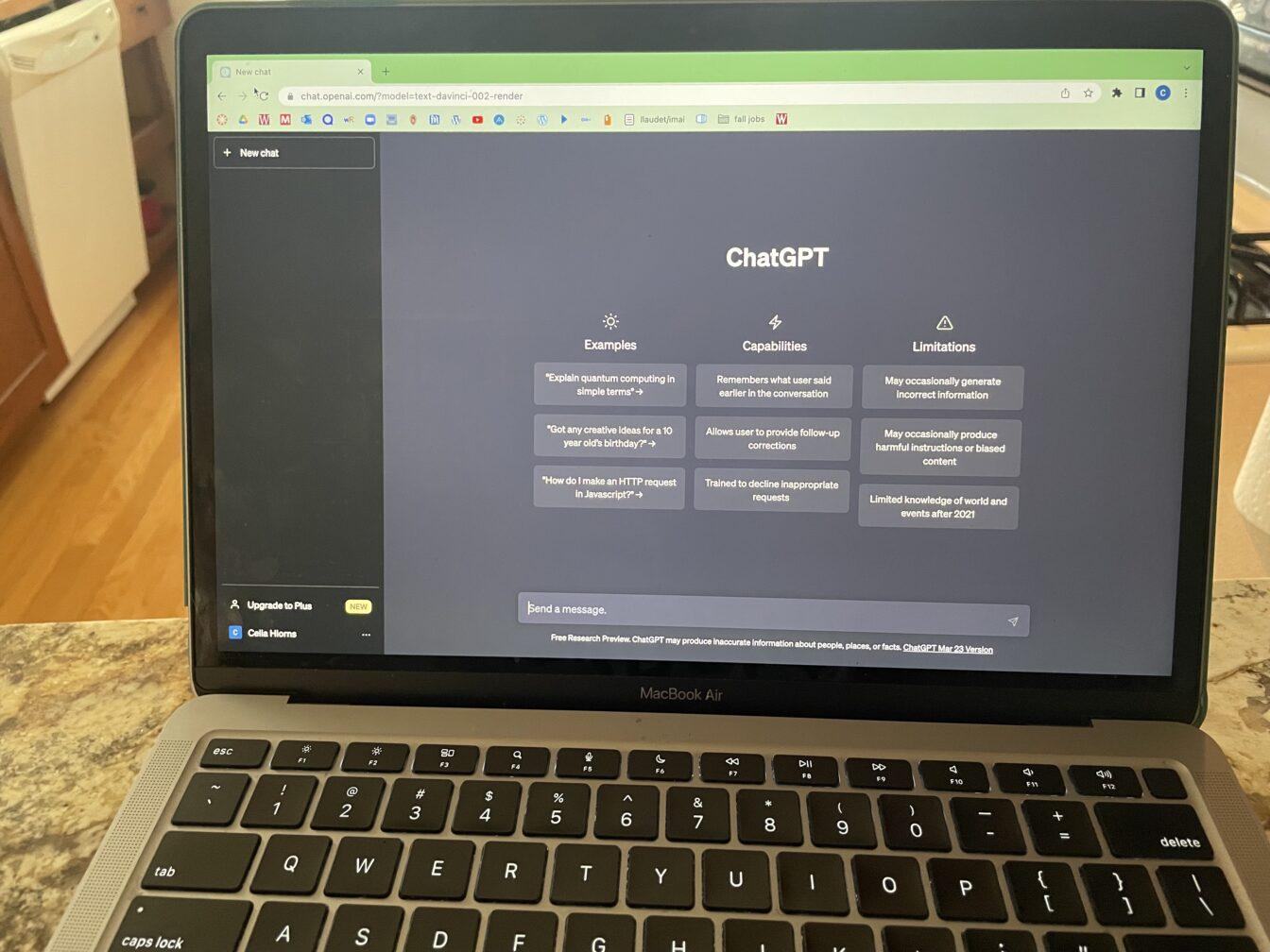While a flipped lecture may have some value in theory because it allows students to learn at their own pace, this technique alone can never truly replace traditional lectures and the human interaction that takes place between professors and students.
A flipped lecture, sometimes called a “flipped classroom,” is a teaching technique in which the professor provides video lectures for students to watch outside of class on their own time. One of the main justifications behind the utilization of this alternative technique is the idea students are able to re-watch the video lectures if they cannot completely understand the concept after the first viewing. Theoretically, this allows students to learn at their own pace. Furthermore, the time actually spent in the classroom is mostly reserved for homework and the professor is generally around to help with any questions individual students may have. This hopefully allows for more one-on-one interactions between the students and the professor.
While this may sound like a grand idea, the reality of the matter is that most students here at University of Wisconsin, including myself, actually have an intense loathing for flipped lectures.
My only experience with flipped lectures took place in a 200 person lecture hall that was filled to capacity. As to the definition of this technique, our professor provided us with videos of the material, which we were assigned to watch before the corresponding lecture period. We worked on homework problems during the scheduled lecture time while the professor and a couple of his teaching assistants would stroll around waiting for someone to ask a question.
So there we had it — a well-executed, flipped lecture teaching environment. It was nearly flawless. There was just one thing missing: the teaching itself. We essentially had to learn all the material on our own. The lecture period had been turned into a glorified tutoring session. Yes, the professor and teaching assistants were around to help, but it is pretty plain to see that the small amount of people who actually understand the material well enough to adequately teach it are going to have a hard time giving quality attention and assistance to more than 200 students in a short 50 minute time slot. Furthermore, the idea that we as students were paying thousands of dollars in tuition just to watch the equivalent, or even lesser versions, of the Khan Academy internet videos was quite frustrating in itself.
The fact of the matter is that flipped lectures do not work. Video lectures alone cannot possibly replace traditional lectures because in order to create the most effective teaching environment, the professor must be able to have physical interactions with the student body as a whole. The professor must be able to read his audience while teaching the material, so that he can tell if his students are comprehending the information he is presenting. It is no question that the best professors are those who are able to sense a lack of understanding in his or her students, no matter the size of the class, and then make corrections to his or her teaching style as needed. When the professor is teaching to an inanimate camera instead of actual students, he or she essentially destroys the final step in the communication process: feedback.
All-in-all, video lectures, which are the foundation of the flipped lecture teaching technique, can be quite beneficial in addition to traditional lectures because they allow for students to learn at their own pace. However, these videos and the flipped lecture concept will never be able to fully replace a traditional lecture because it will never be able to replace the vital professor to student body interaction needed to have the most effective teaching environment. A professor could be the smartest person in the world, but if the students cannot understand what they are talking about, then they cannot possibly hope to learn anything from them.
Phillip Michaelson (pmichaelson














